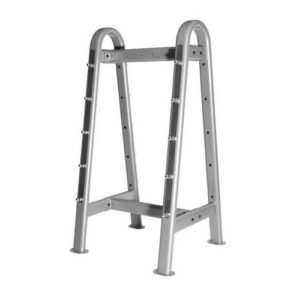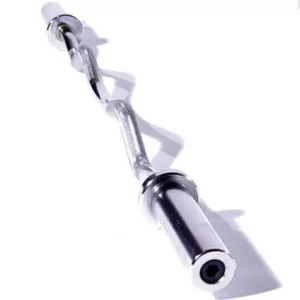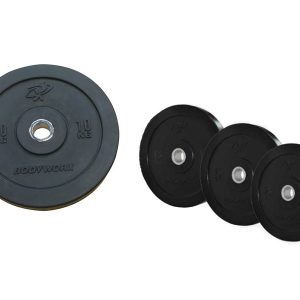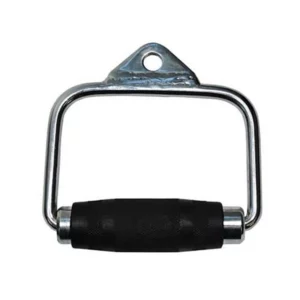-
Strength
- Single Station
- Essentials
- Machine Types
Featured brands
Finance Available – Zip Pay, Afterpay and custom business financing available (no financials required under 150K) Learn more
Sell or Trade In Your Used Gym Equipment – Great prices. Free pick up. Fast payment. Learn more
-
Cardio
- Cardio Machines
- Exercise Bikes
Featured product
Finance Available – Zip Pay, Afterpay and custom business financing available (no financials required under 150K) Learn more
Sell or Trade In Your Used Gym Equipment – Great prices. Free pick up. Fast payment. Learn more
-
Fitness & Crossfit
- Crossfit
- Popular
Featured brands
Finance Available – Zip Pay, Afterpay and custom business financing available (no financials required under 150K) Learn moreSell or Trade In Your Used Gym Equipment – Great prices. Free pick up. Fast payment. Learn more
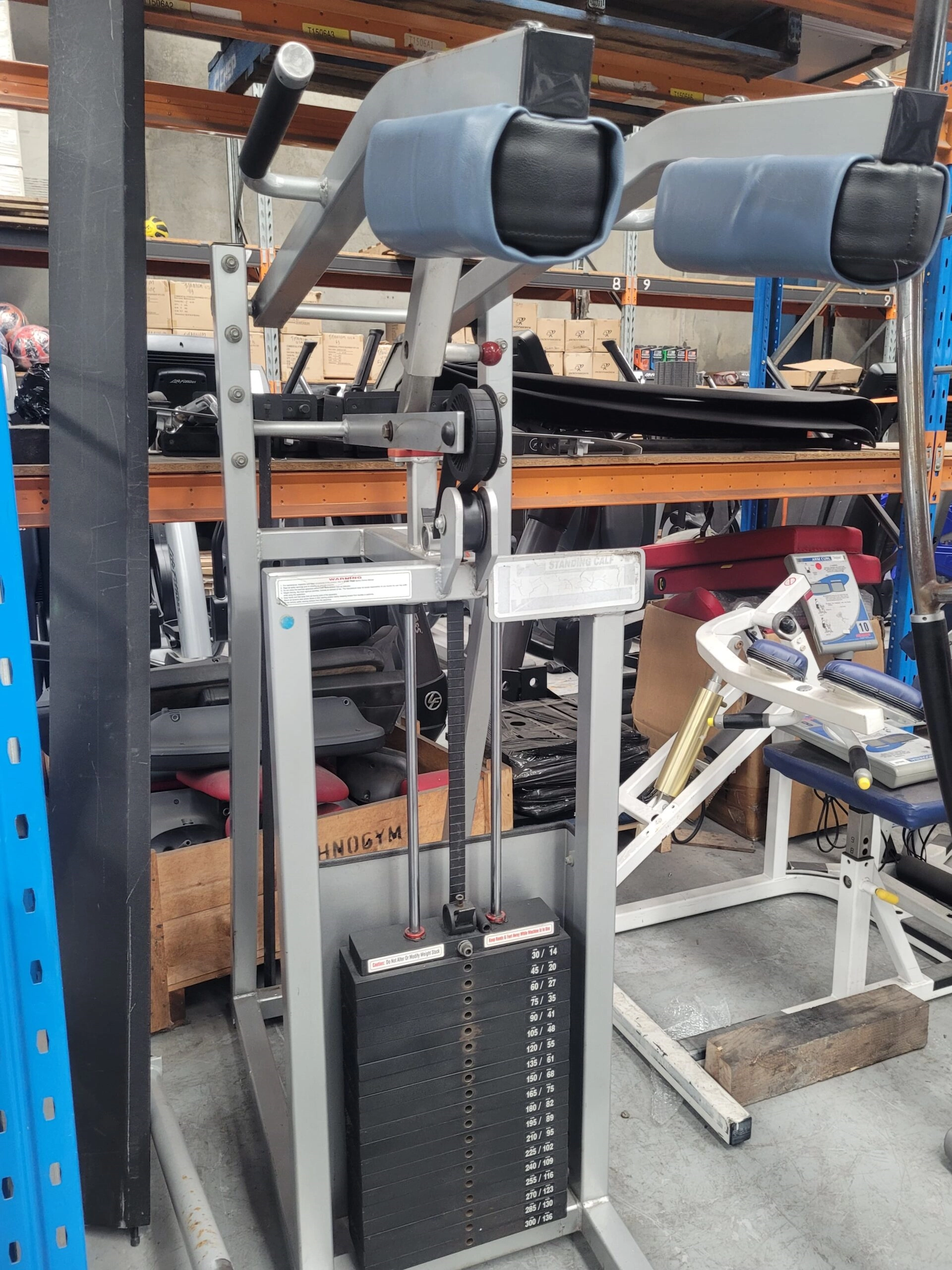
Generic Standing Calf Raise
$950
×
The standing calf raise targets the calf muscle, specifically the gastrocnemius. Movements that are done with a bent knee (flexion) target the solues (which attaches below the knee joint).
Condition: As Traded
Delivery Time: 4-6 weeks
Delivery Time: 4-6 weeks
Availability: Out of stock
Notify me when stock is available
Price includes GST. Delivery calculated per order.
Out of stock
Equipment grade: CommercialCondition: Used
SKU
GEN-CR001
Categories Leg & Calf Machines, Single Station, Strength
Brand: Generic
The standing calf raise targets the calf muscle, specifically the gastrocnemius. Movements that are done with a bent knee (flexion) target the solues (which attaches below the knee joint).
Benefits of Standing Calf Raise
Ankle Strength and Stability
Ankle stability can be affected by numerous factors. One of those is that strength of the calf muscles, which are responsible for plantar-flexion of the ankle joint. Increasing the ability to perform (high strength as well as faster muscle contractions/power) ankle plantar-flexion can have a help to stabilize the ankle under loads, running, and other exposed movement.
Lower Body Performance
Strong calves and ankles can have a significant impact on our ability to squat heavier, pull more weight, and even create more force output and power in movements that require triple extension (cleans, snatches, jerks, push presses, etc). When we have weak calves (or simply calves that do a poor job at plantar-flexion, we lose some ankle stability and decrease our ability to forcefully extend the knees and hips (since they are supported by our footing and grip on the floor. While strong calves can also be developed through performing the squats, pulls, and plyometrics, some athletes may want to devote a few moments in a training session to isolate calf training if this is something they had issues with.
Injury Prevention
Weak ankles and calves can create gait issues and stability deficiencies during running, standing, jumping, and even squatting/pulling. By addressing ankle instability and strengthening the calves (such as with standing calf raises), you can provide athletes with the ability to stabilize themselves in athletic, strength-based movements.
Sprinting and Running Performance
While both of these movements are highly dependent on the posterior chain (hamstrings and glutes), the calves also add some muscular output (in more short-duration sprinting). When running, the muscles in our calves can eccentrically load to absorb some of the impact forces and also help to create ground reaction via forceful plantar-flexion.
Bigger Calves…
Team No Calves is a real thing. Standing calf raises, as aesthetic as this may be, can increase the size of your calves (muscle hypertrophy). While some strength, power, and fitness athletes/coaches will say they don’t care about these sorts of things, there are just as many who wouldn’t mind having bigger calves. Simply put, a steady diet of standing calf raises and seated (bent knee) raises can develop the calves into some serious slabs of meat.
Buy Generic Standing Calf Raise online. If you are interested in the Generic Standing Calf Raise for sale, please enquire above.
As Traded
Related products
Related products
-
Sale!
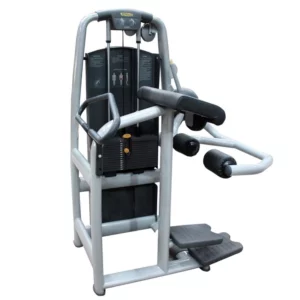 CHECK/GO
CommercialCheck, Clean & Go
CHECK/GO
CommercialCheck, Clean & GoTechnogym Selection Glute Machine
Original Price New: $5,950Enquire
Was: $2,950 $1,250SKU: TEC-PN2011 -
SKU: #1193
-
SKU: FW-129
-
SKU: #4958
-
SKU: SA-5620


